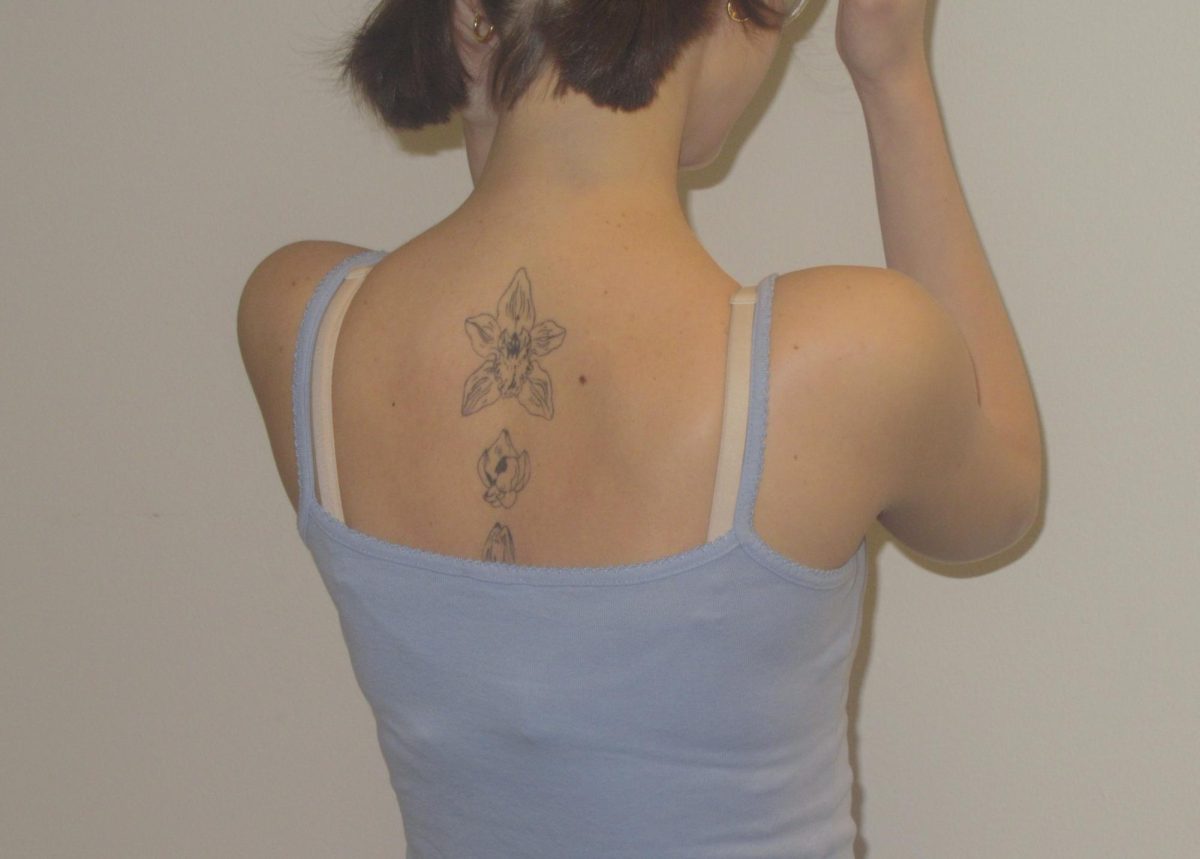Documenting society’s views and expectations of women through sculpture
Women glean their perceptions of ideals regarding physical appearance from male, Greek sculptors.
Greek artisans set the tone for feminine beauty as well as its meaning, purpose and worth. Ancient art still affects women today, as the standards of women’s beauty have retained continuity across centuries.
Sculptures from ancient times are one of the first mediums that display women in the nude, a form that is vulnerable and open to societal judgement and scrutinization.
Nude sculptures were celebrated in Greco-Roman times for their portrayal of athletic ability, grace and human beauty.
Of these nude sculptures, a large quantity depicted males, until Praxiteles of Greece crafted one of the first nude female sculptures in the fourth century BCE.
The representation of nude female sculptures reveals much regarding a particular society’s perception of the female form, their expectations of how women should behave and whether they believed if it was appropriate for them to be sculpted at all.
When women were sculpted, it was either overtly sexual, or a portrayal of a goddess of fertility with idealized features.
When the Greek artist Praxiteles created “Aphrodite of Knidos,” known to be the goddess of love, it was initially received with shock by the public. But gradually, the people came to welcome it as a beautiful representation of celebration for the female body.
Aphrodite herself stands with one hand draped to cover herself, her head slightly turned, chest open to view, her posture unapologetically sexual and coy.
She is made to be viewed from every angle, displaying full curves with thick, womanly strength dressed on a life-sized detailed marble figure.
Classical Greek sculptures of women were far from lacking in magnitude; women were depicted for their grace, wisdom and mythological connections to sensuality and nature.
Seeing females nude, even in sculptures, was shocking for ancient Greek society. But why, if men were already being praised in their full form?
As plain as it may sound, the reactions reflected a double standard the Greco-Roman society held at the time.
Nude male sculptures were more commonly affirmed because they represented mighty Greek heroes, gods and Olympic athletes. Within ancient Greek society, there was an elevation of heroic eminence within the male nude that did not apply to female nudes who were felt to be indecorous and ghastly.
These nude women and men were created within specific blueprints to communicate Greco-Roman principles on grand historical scenes.
The University of Dundee cites that these societies had particular ideals, mythologically and religiously based, filled with connotations of heroism and virtue.
Kenneth Clark, British art historian, said that culture directs art, influencing it through projections of idealization, and that these ideals within beauty are tangible visions, though varying from culture to culture, making the nude a means of affirming the belief in ultimate perfection.
Ancient nude sculptures of women were made by men, for men’s viewing pleasure. If real women feel inadequate next to a nude, idealized art form of themselves, it is because they are viewing an unattainable standard that these copies represent.
This practice continues in modern day society, as we create advertisements and other mediums that communicate what our perception of the ideal human form looks like, flawless, effortless, and unrealistic.
We create and shape art to fit the qualifications we believe real humans should exude. In turn, they are manifested in the works we create, however ridiculous they may be.
Art shows us what society loves and the parameters for the members we elevate. Depending on how we elevate the ones we call beautiful, it will later influence the ones who look nothing like the works we deem valuable.
What happens to those of us that mirror do not mirror the traits of those obtainable cultural ideals?
Humans can discern when reality becomes airbrushed or altered. Worshipping false copies reinforces societal pressures to look like an impression drawn from fantasy, birthed by ulterior motives, created out of what was a male perception of the ideal representation and functionality of feminine beauty, with all the arrangements and postures he desires to accompany them.
When examining where our societal ideals of female beauty originate, it is important to understand from what cultures and contexts these ideals come from and who created them.
Understanding that society’s view of the ideal female body has not changed from the idealized perception of an ancient male perspective ought to be kept in our collective consciousness as we evaluate ourselves based on society’s standards.
















































































